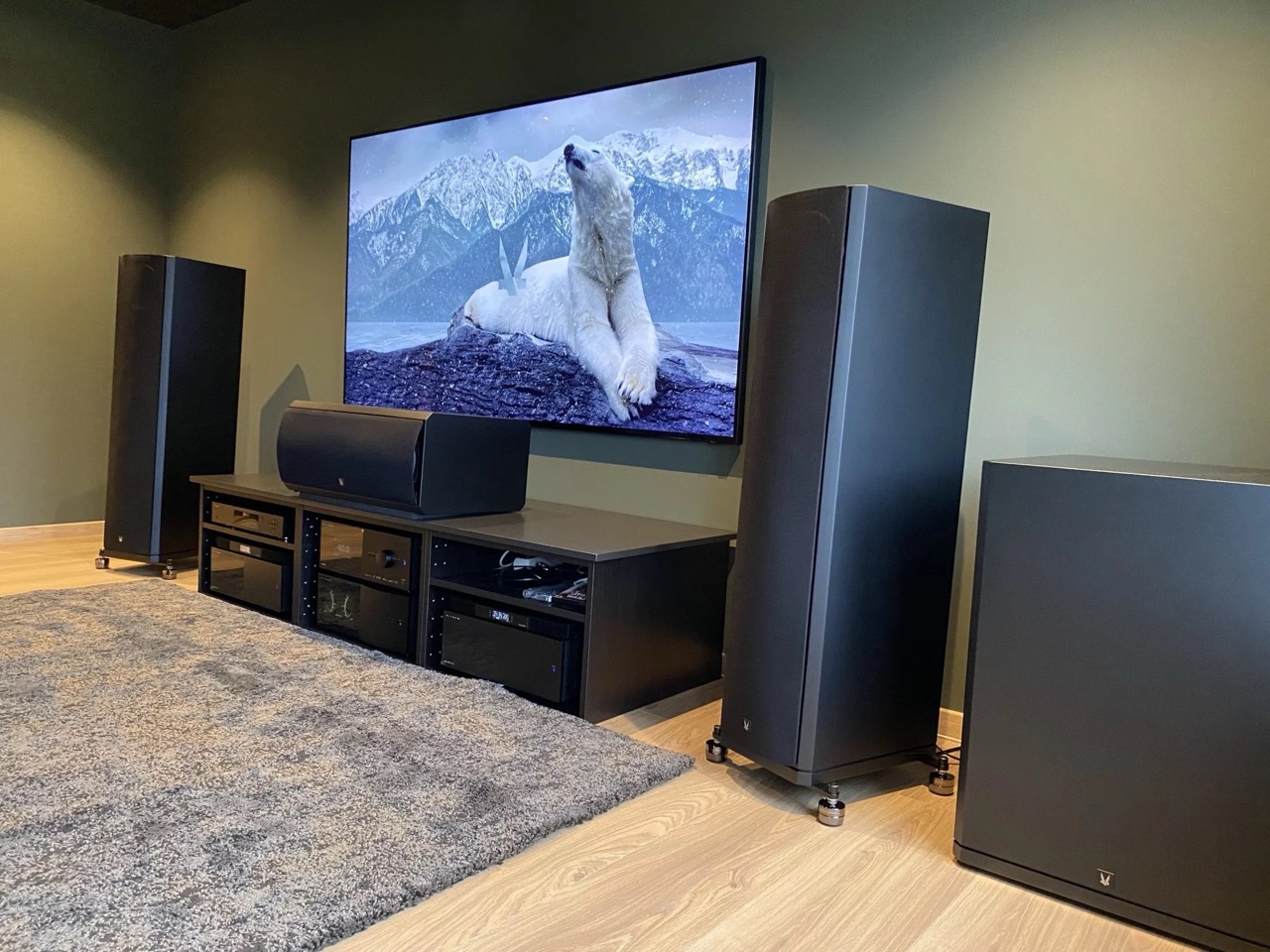Tube vs Solid State Electronics- A Comparative Study
Article summary - TL;DR
- The choice between tube and solid-state electronics shapes your audio experience significantly.
- Tubes offer a warm, musical tone while solid-state provides clarity and reliability.
- Your taste in music may influence your preference for one system over the other.
- Explore both options to find the ideal match for your listening style and setup.
- Enhance your audio-visual setup with the 1723 Tower THX for an immersive experience!
1. The Great Debate: Contrasting the sonic characteristics of tube and solid-state electronics
The choice between tube and solid-state electronics is a longstanding point of contention among audiophiles. Each type of electronic amplification system carries its own unique sound signature and set of characteristics. Solid-state devices rely on semiconductors such as transistors, and are known for their reliability, durability, and crisp sound reproduction. In contrast, tube amplifiers, which use vacuum tubes (valves), present a warmer, more natural tone that many listeners find more musical or pleasant.
When considering the ‘tube vs solid-state’ debate, it’s important to appreciate the historical context and technological advances that have taken place within the audio realm. Tubes were the original progenitors of electronic amplification, whereas solid-state devices represent the evolution towards more stable and power-efficient designs.
The preference for tubes or solid-state components often hinges on personal taste and the type of music being listened to. For some genres like jazz or classical, the harmonic richness of tubes can enhance the listening experience, while more contemporary music may benefit from the accurate transient response of solid-state designs.
2. The Warmth of Tubes: Exploring the unique sound signature of vacuum tubes
Tube proponents often speak of a warmth and depth to the sound that they argue is lacking in solid-state electronics. This ‘warmth’ is attributed to a tube’s ability to add harmonically related distortion which, paradoxically, can enhance sound quality to human ears. Vacuum tubes, by their nature, tend to smooth out the ‘rough edges’ of the music, which can present the details in a more flattering light.
This is not to say that tube amplification is deficient in fidelity. On the contrary, high-quality tube circuits deliver a wide frequency range and a rich, full-bodied sound. Many aficionados of vacuum tubes also appreciate the aesthetic and tactile experience of tube gear, with the visible glow of the valves adding a vintage charm to their listening space.
Nevertheless, tubes require more maintenance and can be less consistent than their solid-state counterparts. The necessity for occasional replacement and the additional heat generation are practical considerations that should not be overlooked.
3. The Precision of Solid State: Analyzing the strengths of transistor-based amplification
Solid-state electronics, on the other hand, are praised for their clarity, reliability, and efficiency. Transistor amplifiers are able to provide a very detailed and ‘clean’ sound, with low distortion at a wide range of frequencies and volumes. They are excellent at driving complex speaker loads and maintaining performance consistency.
The precision and control offered by solid-state technology also allows for more compact and energy-efficient designs. This makes solid-state devices an attractive option for those who prioritize practicality and modern aesthetics in their audio system.
Furthermore, solid-state devices often offer better-defined bass response than tube amplifiers. This attribute might be particularly appealing to fans of rock, pop, and other bass-forward music genres.
4. Matching Components to Taste: Choosing between tube and solid-state gear based on personal preferences
Ultimately, choosing between tube and solid-state electronics comes down to personal preference and the pursuit of individual sound ideals. It’s a decision that involves both auditory pleasure and practical considerations such as system compatibility, desired maintenance level, and aesthetic values.
For those new to high-fidelity audio, it may be beneficial to experience both tube and solid-state systems firsthand. Listening sessions at local audio shops or hi-fi shows can be an informative avenue for making a discerning and satisfying choice.
Remember, the high-fidelity journey is a personal experience. Whether your preference leans towards the harmonic richness of tubes or the crisp precision of solid-state, let your ears decide. Incorporating elements from both worlds could also be the ticket to a bespoke audio experience that delights for years to come.
Frequently asked questions
What are the main differences between tube and solid-state audio systems?
Tube systems provide a warmer, more musical sound, while solid-state systems offer clear, reliable, and efficient sound reproduction. Tubes use vacuum technology, whereas solid-state relies on transistors.
Why do some audiophiles prefer tube amplifiers?
Audiophiles often appreciate tube amplifiers for their harmonic richness and ability to smooth out music, leading to a more pleasant listening experience, especially for genres like jazz and classical.
What advantages do solid-state amplifiers have over tube amplifiers?
Solid-state amplifiers are known for their clarity, low distortion, and reliability. They are more energy-efficient and can provide better-defined bass, making them ideal for rock and pop music.
Are tube amplifiers difficult to maintain?
Yes, tube amplifiers require more maintenance due to the need for occasional replacement of tubes and can generate more heat compared to solid-state systems.
How do I choose between tube and solid-state audio components?
Your choice should reflect personal preference, the type of music you listen to, and your practical needs, including maintenance and system compatibility. Listening to both types can help in making an informed decision.
Can I mix tube and solid-state elements in my audio system?
Absolutely! Combining elements from both tube and solid-state systems can create a unique audio experience tailored to your preferences.
Is tube amplification less accurate than solid-state?
Tubes aren't inherently less accurate, but they have a distinct sound signature that adds harmonically related distortion, which some listeners prefer, while solid-state offers greater precision and clarity.
What type of music suits tube amplifiers best?
Genres like jazz, classical, and acoustic music tend to benefit from the warmth and harmonic richness that tube amplifiers provide.
What benefits do solid-state amplifiers offer for contemporary music?
Solid-state amplifiers excel in accuracy and transient response, making them a better fit for bass-forward and contemporary music genres.








